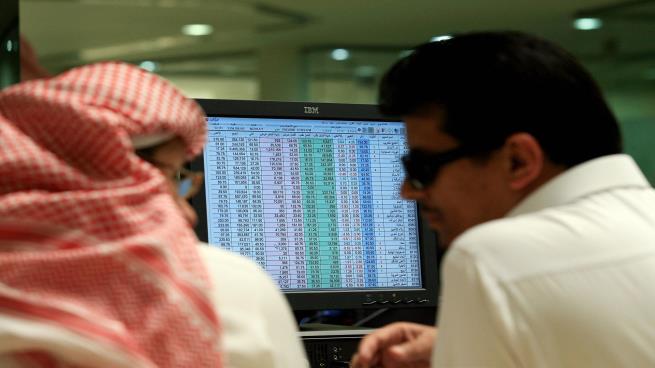
Saudi Arabian Monetary Agency (SAMA )’s foreign reserve assets fell 1.4 percent month-on-month to 1,877.2 billion riyals ($ 500.6 billion) by the end of September.
The Kingdom’s foreign reserve assets stood at 1,905 billion riyals ($ 507.9 billion) as of the end of August, according to a report issued by the Saudi Arabian Monetary Agency.
But the US Treasury Department announces monthly investments by countries in its treasury bills and bonds, including Saudi Arabia, which invested $ 183.8 billion in August.
The Kingdom, the world’s largest oil exporter, is suffering – for the time being, its fiscal revenues are due to lower crude oil prices than in 2014.
Remittances from foreigners living in Saudi Arabia fell 10.1 percent year-on-year in the first nine months of 2019 to 93 billion riyals ($ 24.8 billion).
Remittances totaled 103.5 billion riyals ($ 27.6 billion) in the corresponding period in 2018. Remittances from foreigners in Saudi Arabia fell 3.7 percent year-on-year in 2018 to 136.4 billion riyals ($ 36.4 billion). Foreign remittances in the kingdom rose to a record high in 2015, at $ 41.8 billion.
Meanwhile, the stock market in the Kingdom continued its decline for the second consecutive session, affected by the sale of most of the listed stocks, while the companies disclosed their results for the third quarter of this year, recording most of the losses and a continuous decline in profits.
The general index of the market fell by 1.36 per cent, to the level of 7784.7 points, losing about 107.02 points, bringing the balance of lost points to 129 points since the end of trading last Thursday.
Over the last two sessions, market capitalization lost about 5.4 billion riyals ($ 1.4 billion), after falling to 1.858 trillion riyals. The shares of 136 companies out of 193 listed companies fell, while only 45 companies rose.
The market has been hit by disappointing financial results for major companies, particularly in oil and petrochemicals. Saudi Basic Industries Corp (SABIC) posted a 86 percent drop in third-quarter profit from 830 million riyals ($ 221.3 million) to 6.1 billion riyals ($ 1.6 billion).
The company’s profits in the first nine months of 2019 fell by 65.2 percent to 6.36 billion riyals compared to 18.3 billion riyals in the same period in 2018, according to a disclosure provided by the company to the stock exchange management on Sunday.
SABIC, the world’s fourth-largest state-owned petrochemical company. The company said last month it was hit by the repercussions of Houthi-sponsored attacks in Yemen, which targeted two major oil facilities in the east of the kingdom on September 14, leading to a significant drop in feedstock supplies.
The Kingdom has lost nearly half of its oil production, equivalent to 5.7 million barrels per day (bpd), and nearly 6 percent of global crude supplies, while the government later announced the resumption of supplies at full capacity.
Government and banking data revealed last week that the government plans to borrow about $ 4.4 billion from the domestic and international markets, while the pace of resort to the Gulf state, the world’s largest in the export of oil to the debt markets for more than four years.
The Kingdom has borrowed heavily in the past few years to offset the impact of falling oil prices on state revenues.
In a recent report by the Ministry of Finance, it became clear that government debt has jumped unprecedentedly over the last five years, reaching 627.8 billion riyals ($ 167.4 billion) by the end of June 2019, compared with 44.3 billion riyals ($ 11.8 billion) at the end of 2014.